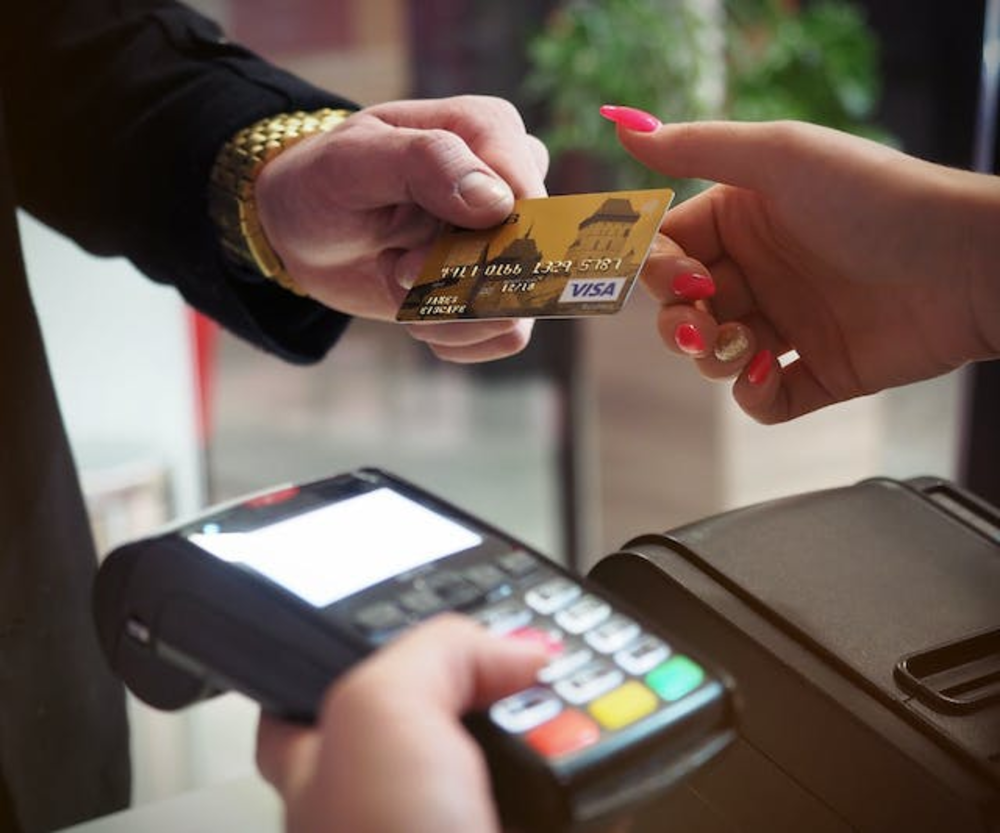In our industry, the focus often remains on attracting new members. We invest in flashy marketing campaigns, entice with attractive offers, and strive to stand out in a competitive market.
But let’s be honest: is this always the most effective strategy?
Surprisingly often, the answer is ’no.’ The true power for a sustainable and successful fitness business lies in retaining your current members.
It’s a common misconception that new customers are the key to growth and success. The truth is that retaining existing customers is often much more valuable.
Why? Because existing customers are already familiar with your services, they have already invested in their health with your gym or club, and it costs significantly less to retain them than to acquire new customers.
Furthermore, satisfied, loyal customers are the best ambassadors for your business.
In this blog, we delve deeper into the reasons why members cancel their subscriptions and how you, as a fitness entrepreneur, can respond to this.
Together, we explore the strategies and tools, such as the retention planner, that you can use not only to retain your member base but even to help it grow.
What is the Retention Planner Tool?
The Retention Planner Tool is an innovative feature designed to enhance member retention in fitness businesses. This tool is a part of Virtuagym’s comprehensive suite of gym analytics software, focusing on understanding and improving client retention rates.
It operates by analyzing detailed data on member activities, such as class attendance, gym check-ins, and overall engagement. It uses this data to map out individual member behavior patterns, identifying those at risk of churn.
With the use of AI and data analytics, the tool predicts future trends in member engagement, allowing gym owners and trainers to proactively address potential issues.
Benefits of Using the Retention Planner Tool
This tool aids in boosting self-motivation by providing personalized workout feedback.
Personalized Workout Plans
This tool acts as a personal assistant for trainers. It collects data on each gym member’s activities – like which machines they use most, what classes they attend, and how often they work out.
With this information, trainers can create workout plans that are tailored to each member’s preferences and fitness goals.
For example, if a member is interested in weight lifting, the personal trainer can tailor plans to include more strength training sessions
Personalized plans not only make members feel special but also help in achieving specific goals like losing weight more effectively. They’re more likely to be excited about their workouts, stick to their fitness routines, and achieve better results.
This personal touch can turn casual gym-goers into loyal customers, which is crucial for a fitness business’s success.
Enhanced Member Engagement
The tool helps understand each member’s likes and dislikes.
For instance, if data shows that a member enjoys group fitness classes more than solo workouts, the gym can send them information about upcoming group activities, and special class offers.
Or if a member shows interest in lifting weights, the gym can inform them about related group classes or equipment tutorials.
The gym can track which members are focusing on adding more weight to their routines and offer them customized strength training programs or fitness challenges.
This targeted communication makes members feel that the gym is paying attention to their preferences.
When members feel engaged and that their interests are catered to, they’re more likely to be active participants in the gym community. This increased engagement can lead to higher satisfaction rates, positive word-of-mouth, and ultimately, more members joining the gym.
Feedback Loops
This feature is like a continuous conversation between the gym and its members. When the gym introduces a new class, changes its opening hours, or updates equipment, the tool can track how these changes affect member attendance and satisfaction.
The gym can also directly ask members for feedback through surveys or suggestion boxes, and then see how changes based on this feedback impact member behavior.
Feedback from members striving to lose weight can guide the gym to introduce or enhance weight loss programs and nutritional counseling services. This responsiveness to member needs can lead to a better overall gym environment and stronger member loyalty.
Proactive Churn Reduction
The tool helps identify members not attending the gym regularly, allowing for timely interventions. It can identify patterns that suggest a member might be losing interest in the gym, such as a decrease in their visit frequency.
Making use of this information, the gym can reach out to these members with personalized incentives, like a free personal training session, or ask for feedback to understand and address their concerns.
Identifying members who lose motivation allows gyms to offer targeted encouragement or rewards. Retaining existing members is often more cost-effective than acquiring new ones, so this can have a significant positive impact on the gym’s revenue and community strength.
Data-Driven Decision Making
This tool provides hard data and analytics about member behaviors and preferences. This information helps in deciding which gym equipment to invest in or upgrade based on popularity and usage.
For example, if data shows that evening yoga classes are the most attended, the gym might decide to offer more yoga classes during those peak times.
Making decisions based on data rather than guesswork means that the gym is more likely to make changes that positively impact member satisfaction and business success. It helps in optimizing resources and enhancing the overall efficiency of the gym.
Increased Revenue
Happy, engaged members are more likely to renew their memberships and take advantage of additional offerings like personal training sessions, special classes, or merchandise.
This tool helps in creating an environment where members are satisfied and more willing to invest in their health and fitness journey at the gym.
A stable base of satisfied, long-term members provides a steady revenue stream. Additionally, these happy members can become advocates for the gym, bringing in new members through positive reviews and referrals.
Structured Dunning Process: An Effective Solution For Avoiding Cancellations in Your Gym
A well-managed dunning process can significantly reduce involuntary membership cancellations.
Improved Collection Rates

Simply put, when you have a structured dunning process, you’re more likely to successfully collect overdue payments. This process ensures that no overdue payment slips through the cracks.
By regularly following up on unpaid bills in an organized way, your gym reminds members about their dues.
Since the reminders are systematic and persistent, members are more inclined to clear their payments, leading to more money coming into your gym.
Enhanced Communication

A structured dunning process isn’t just about asking for money; it’s also about keeping an open line of communication with your members. It’s about letting them know about their payment status clearly and kindly.
Through this process, you can send out reminders and alerts about upcoming or missed payments.
This consistent communication helps prevent any confusion or misunderstandings about billing, making members feel more informed and respected.
Reduced Cancellations Due to Billing Issues

Sometimes, members don’t even realize there’s a problem with their payment until it’s too late, and they might end up canceling their membership. A structured dunning process helps avoid this.
By reaching out early and often about payment issues, you give members a chance to fix any problems before they escalate.
For example, if a member’s credit card has expired, a timely reminder can prompt them to update their payment information, preventing an involuntary cancellation.
Steps to Implement a Structured Dunning For Avoiding Cancellations
Assessment and Planning
First, take a close look at how you’re currently handling late payments. Figure out what’s working and what’s not.
Review your records to see how many payments are late and why. Decide how often you want to send reminders and what kind of messages you’ll use. Plan out each step of the process, like the first reminder, second reminder, and so on.
Automated Reminders
Use technology to automatically send out reminders to members who haven’t paid on time.
Set up a system where emails or text messages are sent automatically when a payment is due or overdue. Start with friendly reminders and make them more urgent if the payment remains unpaid.
Personalized Outreach
For members who still haven’t paid after several reminders, it’s time to reach out personally.
This could be a phone call or a face-to-face conversation. The goal is to understand if there’s a specific problem and how you can help solve it. This approach shows you care about your members, not just their payments.
Flexible Payment Solutions
Offer options for members who are having trouble paying.
This might include allowing them to pay in installments, giving them a temporary discount, or extending their payment deadline. The idea is to be understanding and flexible, which can help you get paid while keeping your members happy.
Regular Review and Adaptation
Keep checking how well your dunning process is working and make changes if needed.
Look at things like how many late payments you’re collecting and how your members are responding to the process. If something isn’t working well, don’t be afraid to tweak your approach.
Training Staff
Make sure your team knows how to handle conversations about late payments.
Train your staff on how to talk to members about sensitive issues like money. They should know the steps of your dunning process and how to be both firm and empathetic.
Conclusion
Gym members cancel their membership for many different reasons. But with the help of the strategies mentioned in this article, you can keep the cancellation at a minimum.
You can use the data provided by the retention tool to encourage a gym streak in your members so that going to the gym and staying fit becomes just another habit for them in the long run.
It’s about creating an environment where members feel valued and excited to continue their fitness journey.




